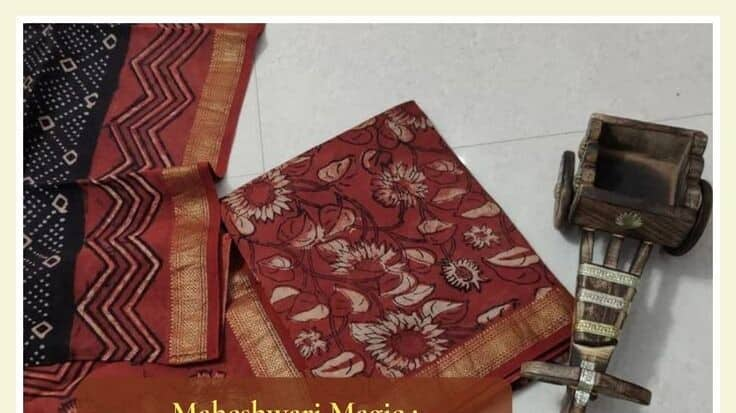
Elevating everyday wear with shibori
What's the story
Shibori, a traditional Japanese dyeing technique, significantly enhances everyday clothing with its unique flair. Originating from Japan, this method intricately involves folding, twisting, and binding fabric before dyeing it. These actions create patterns that are both intricate and striking. This article delves into how shibori can elevate your wardrobe from ordinary to extraordinary, transforming simple garments into bespoke pieces.
Background
The art of shibori
Shibori's roots trace back to the eighth-century Japan. Unlike regular tie-dye, shibori is known for its precision and variety in patterns. It encompasses several techniques like kanoko, miura, kumo, nui, and arashi, each offering a different aesthetic. This art form not only survived through centuries but also gained international acclaim for its craftsmanship and aesthetic appeal.
Key concept
Transform your wardrobe
Incorporating shibori into everyday wear involves selecting the right pieces and patterns that blend well with modern aesthetics. For instance, a shibori-dyed scarf or tie can add an artistic touch to a simple outfit. Choosing items like T-shirts or tote bags for the shibori treatment can also introduce an element of bespoke design into daily attire.
Practical advice
DIY shibori tips
Starting with shibori at home is simpler than it seems. Begin with natural fabrics like cotton or silk for best results. Use rubber bands or wooden blocks to bind the fabric in your chosen pattern before dyeing it in indigo or other fabric dyes. Remember to rinse the fabric well after dyeing to ensure the pattern sets properly without bleeding.
Sustainability
Sustainable fashion choice
Shibori aligns with sustainable fashion by giving new life to old garments. Instead of discarding lightly stained or faded clothes, shibori techniques rejuvenate them with vibrant patterns and colors. This practice reduces waste and encourages creativity in repurposing wardrobe items. Embracing shibori in everyday wear allows for a fusion of tradition and personal style, contributing positively toward sustainable fashion practices.